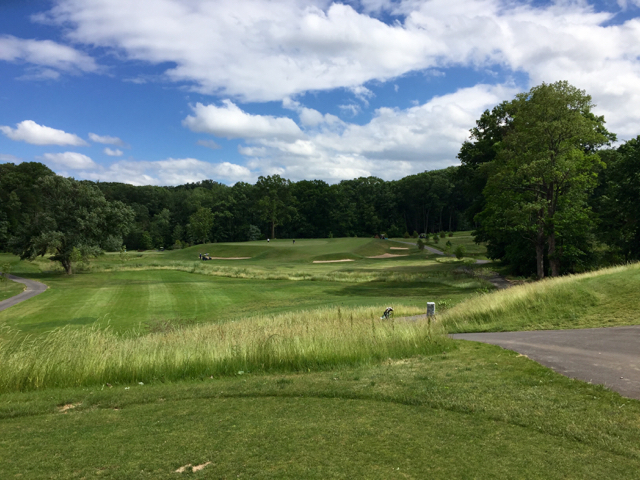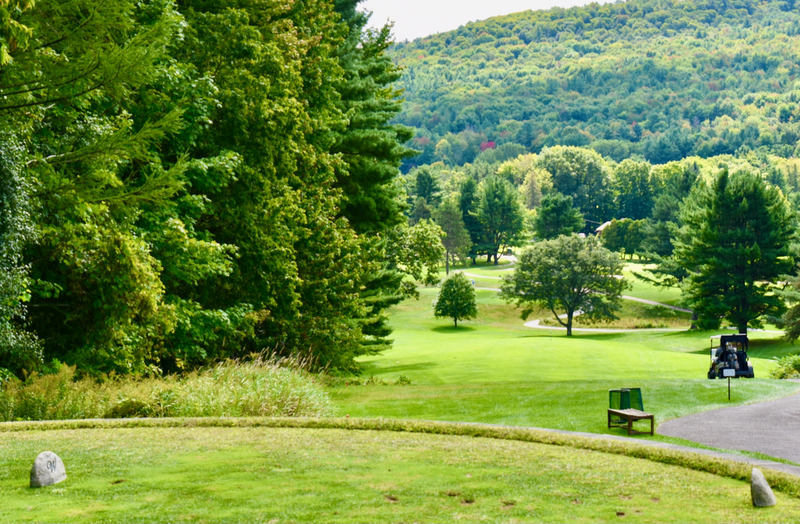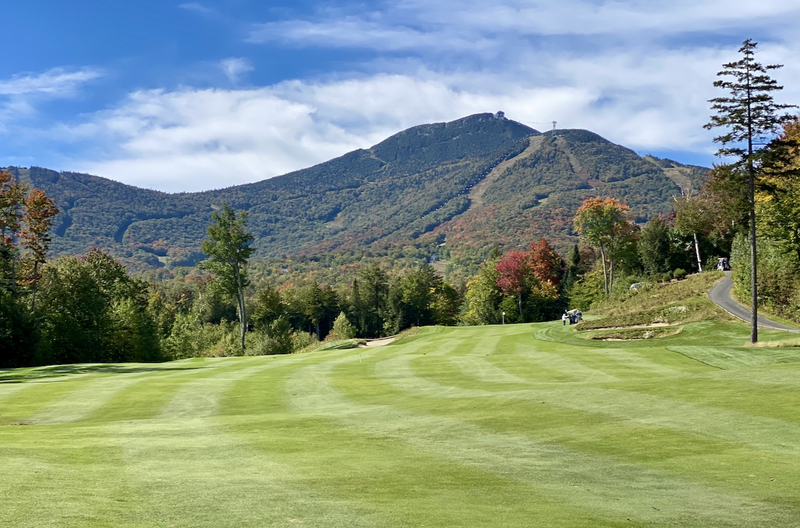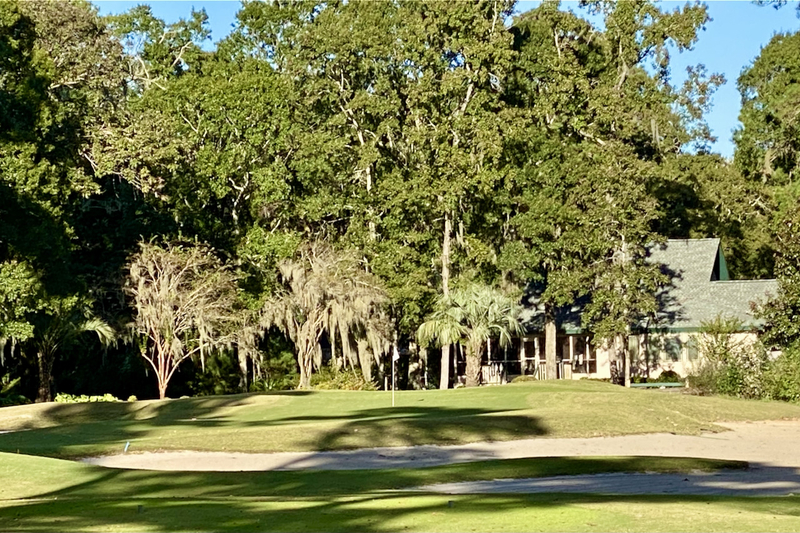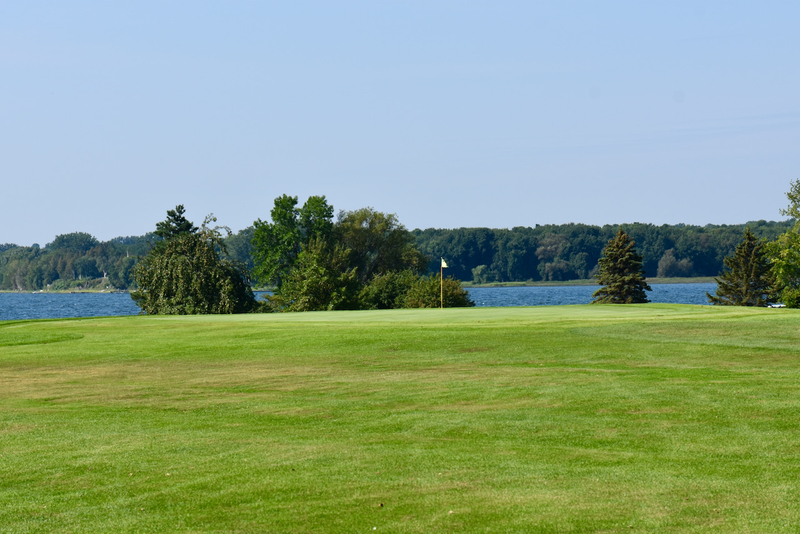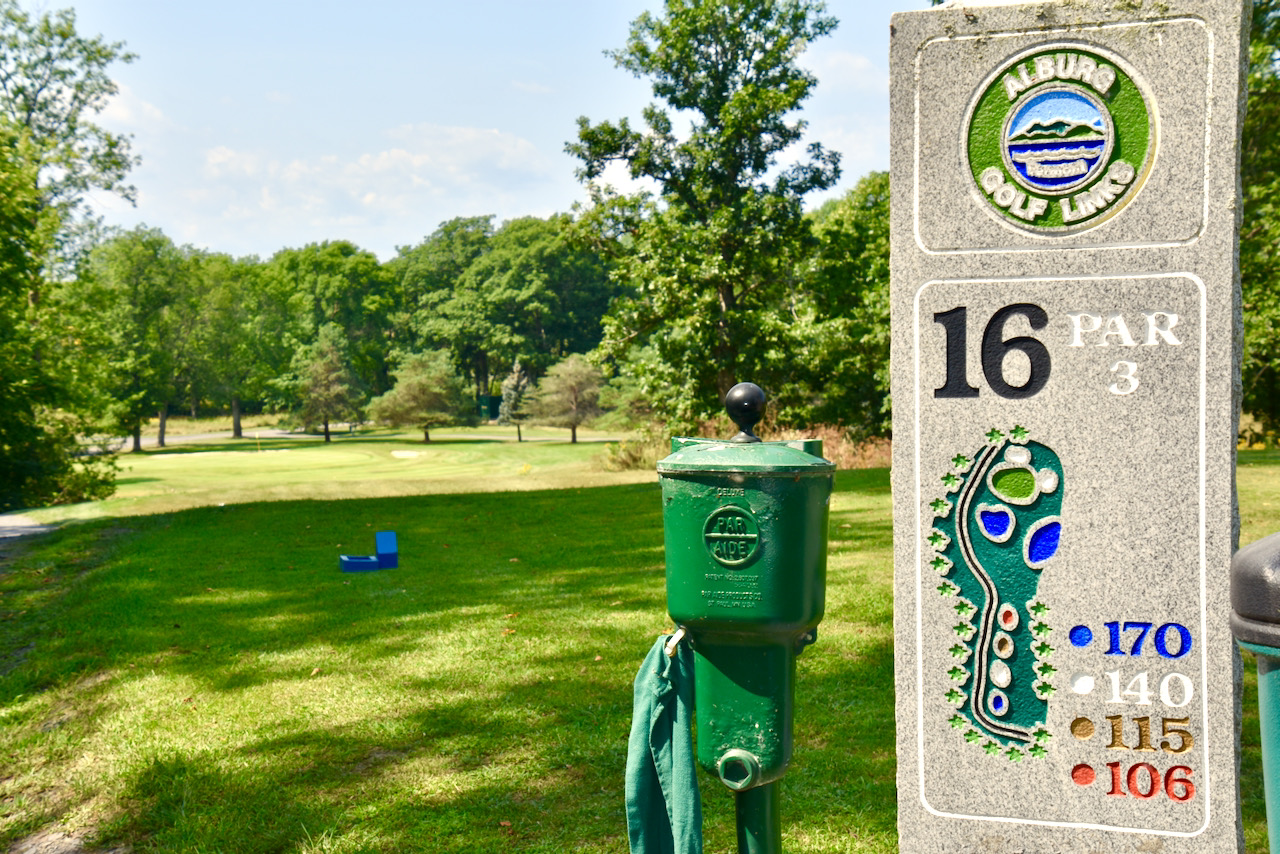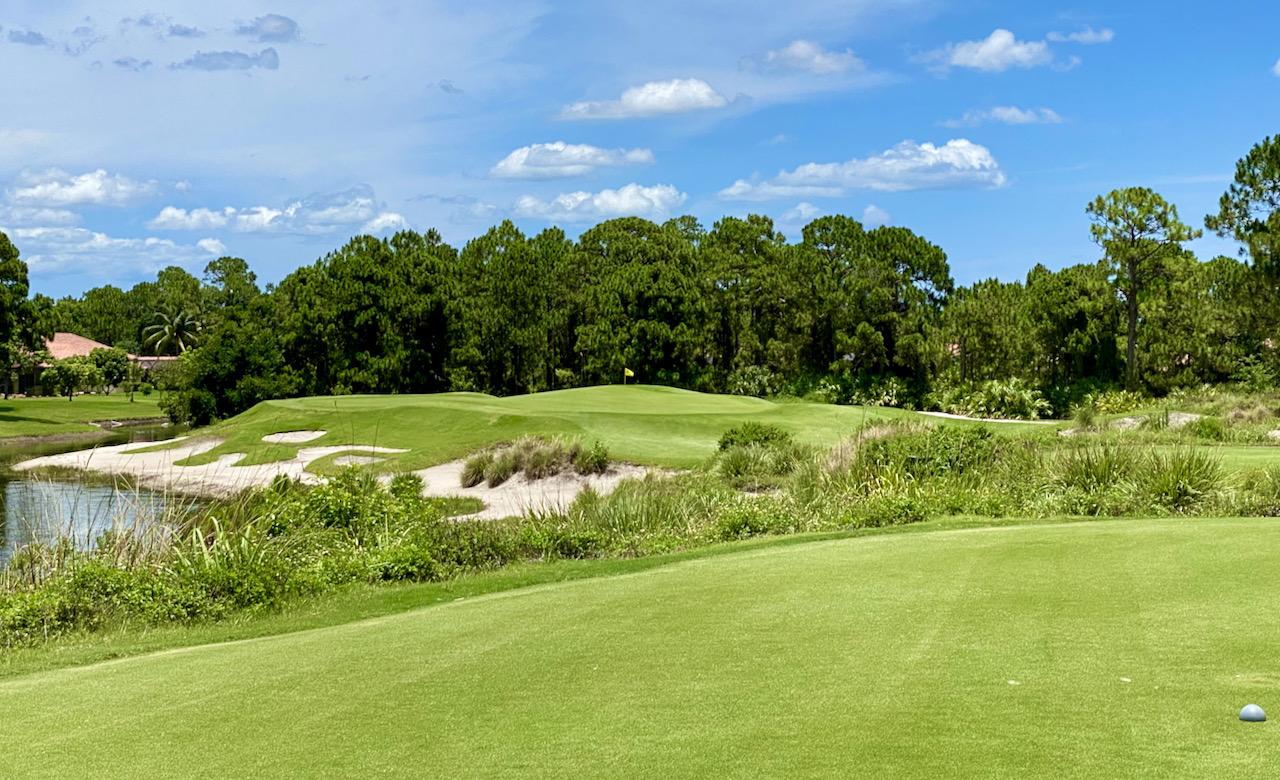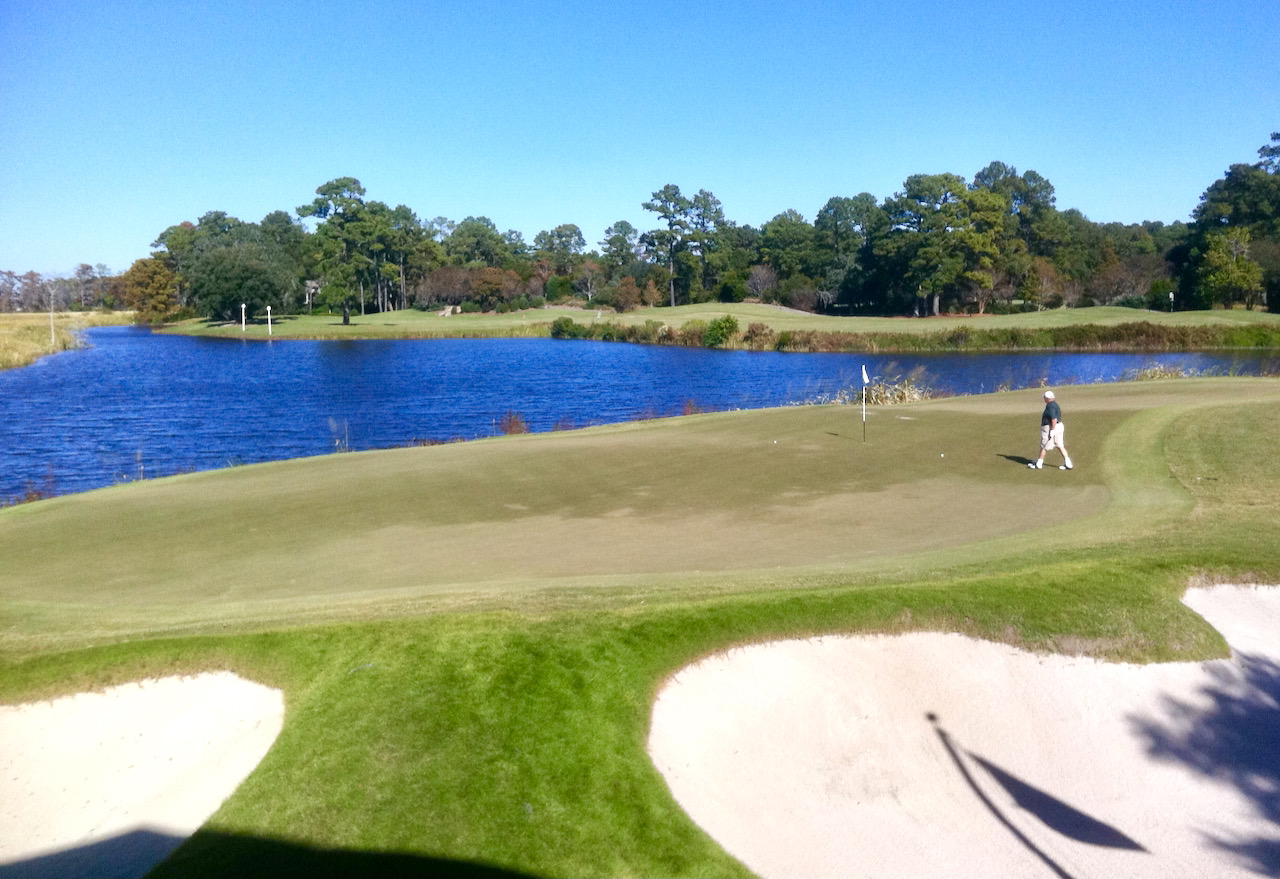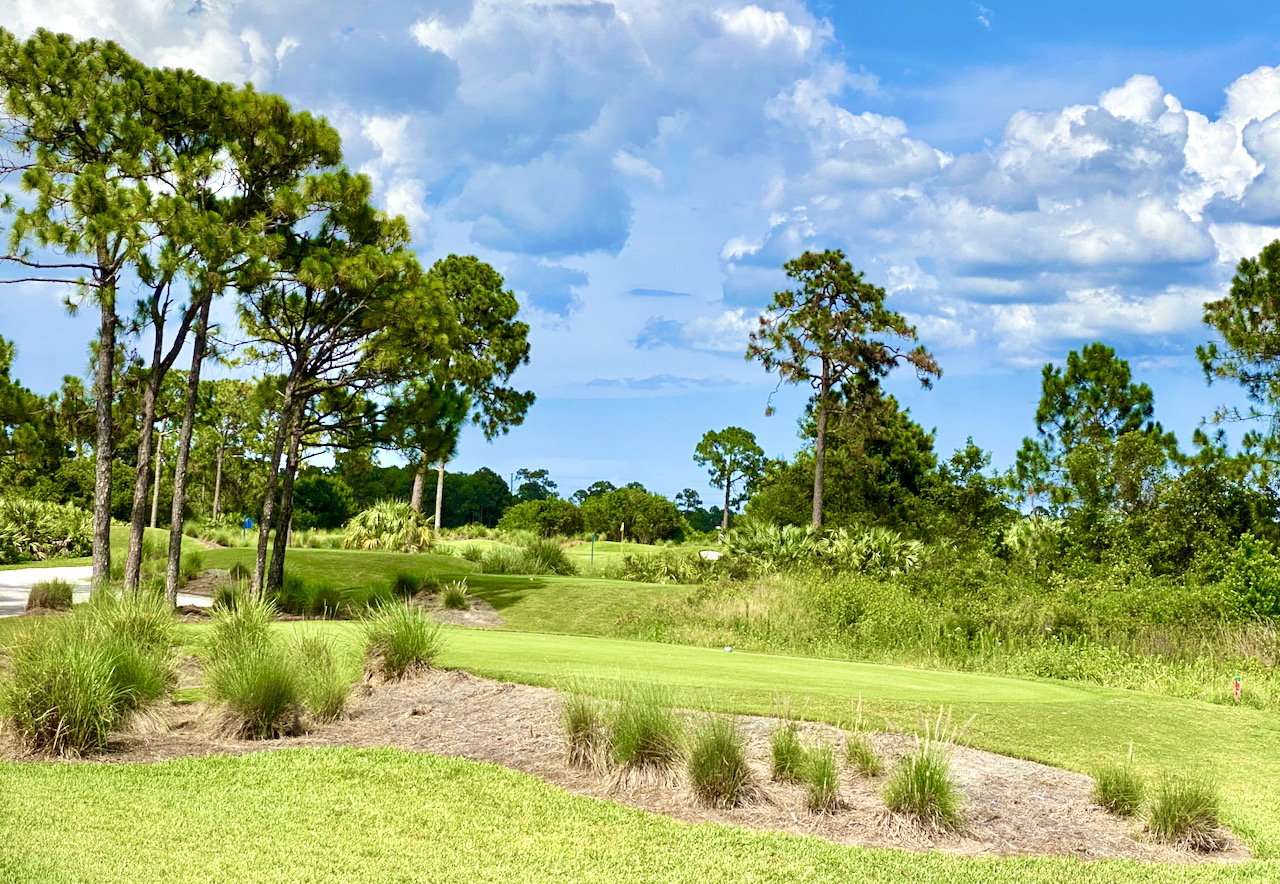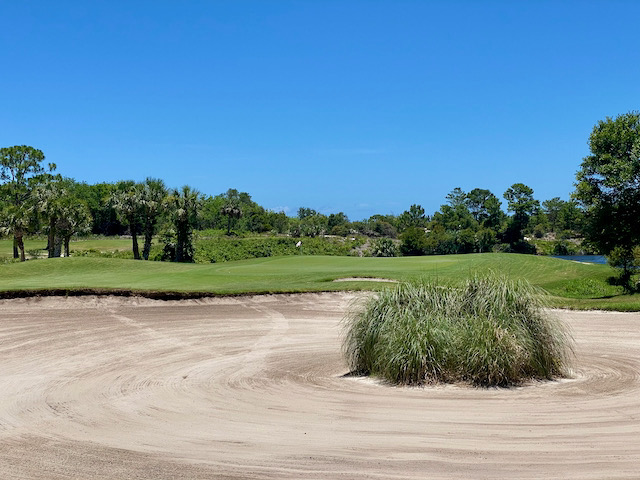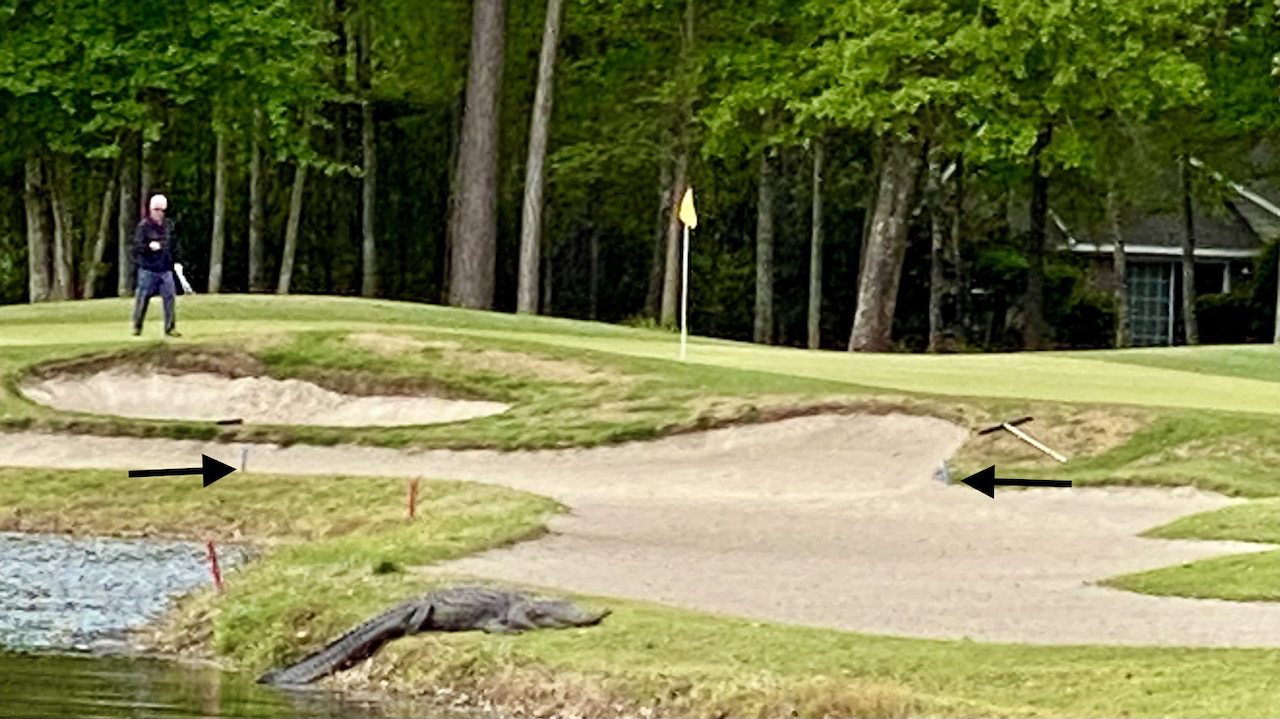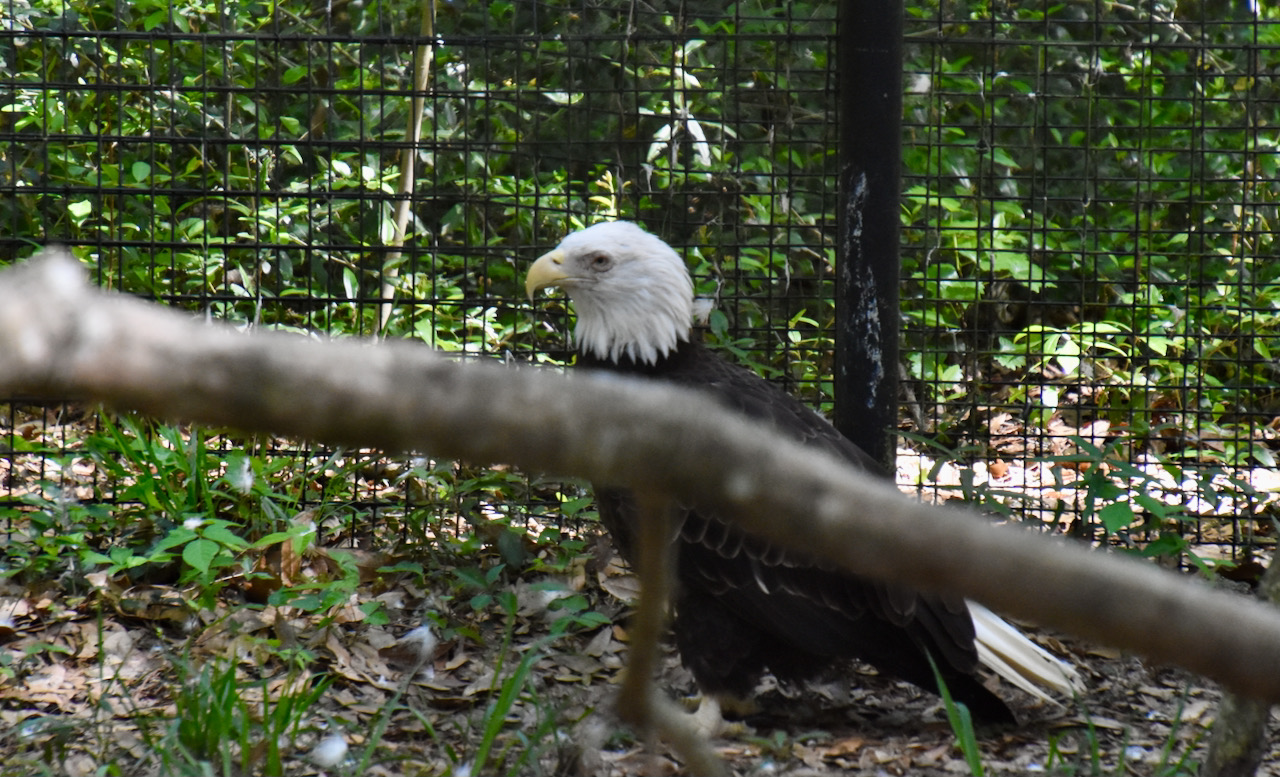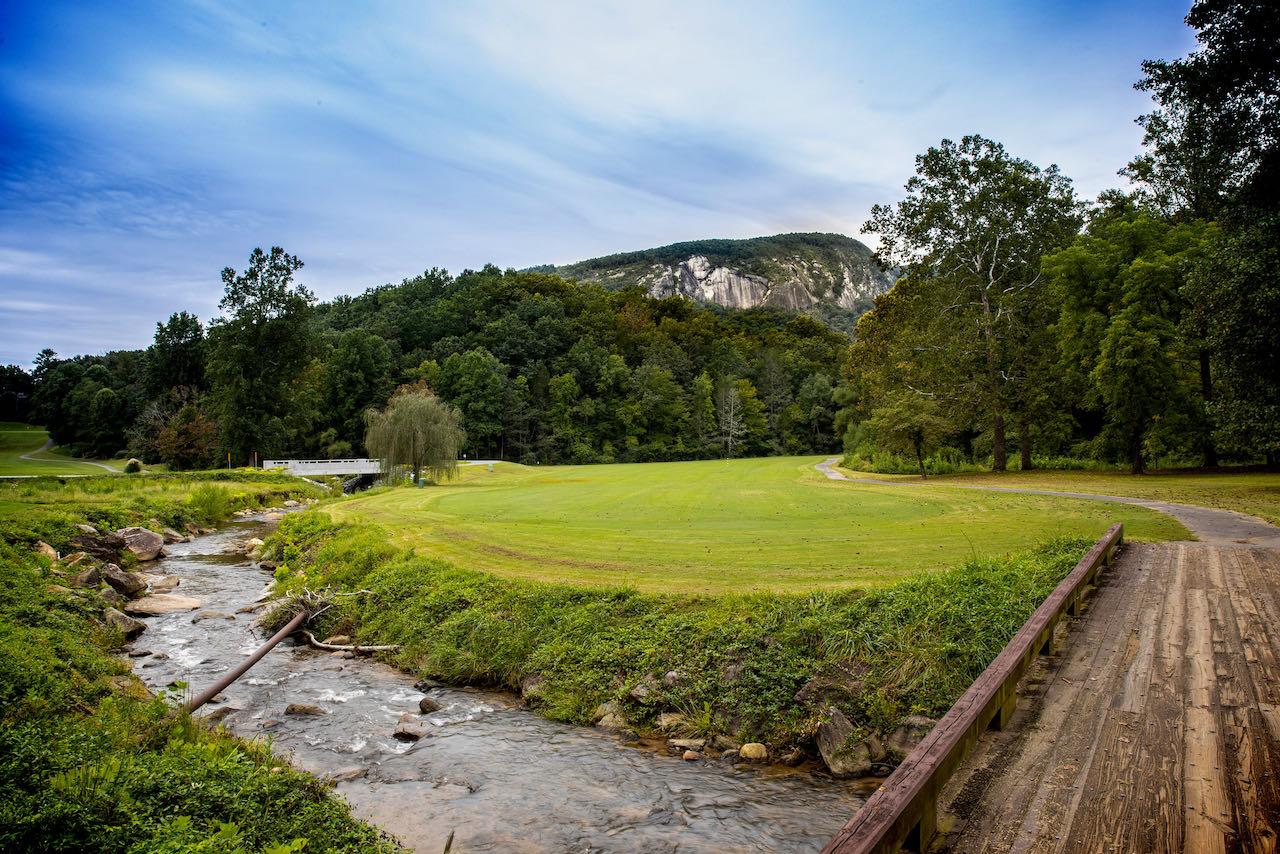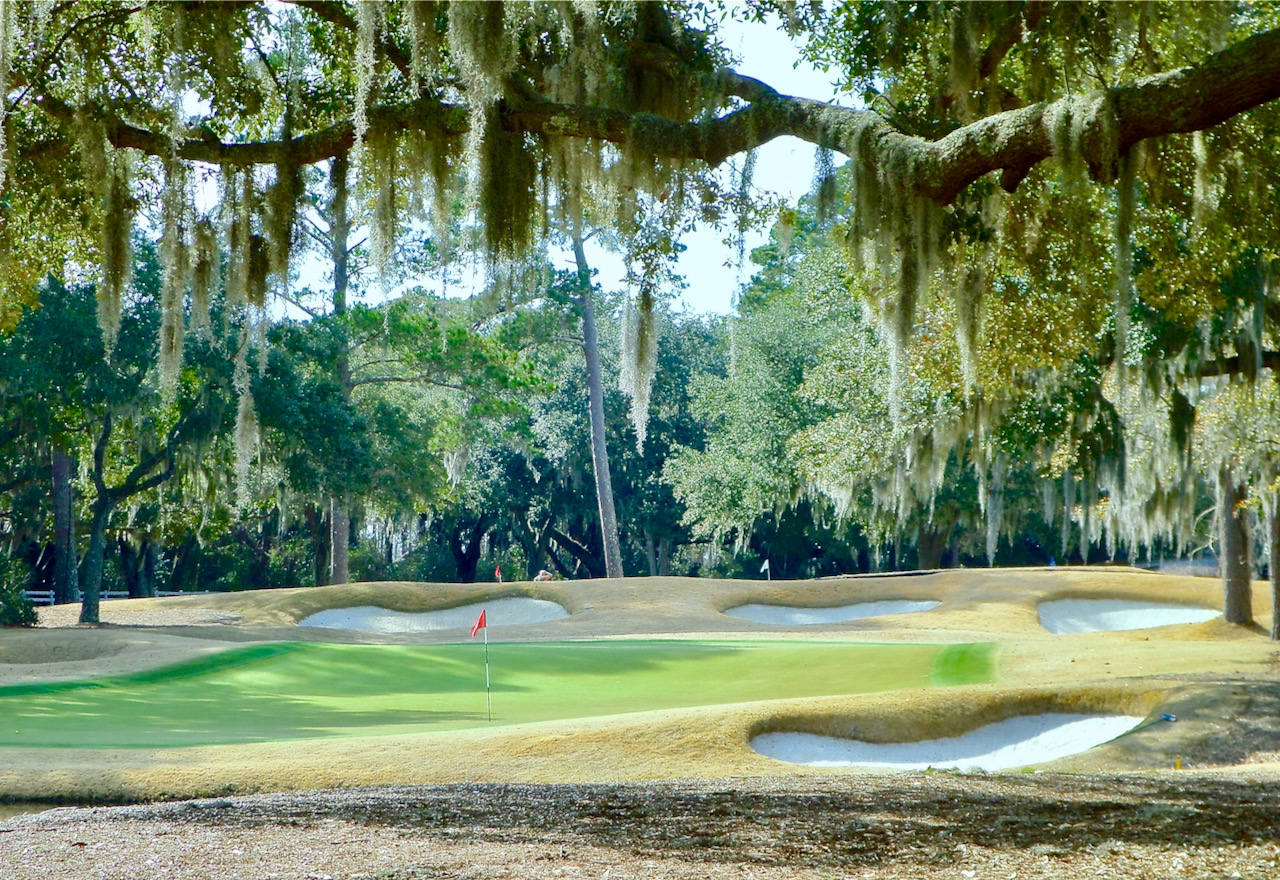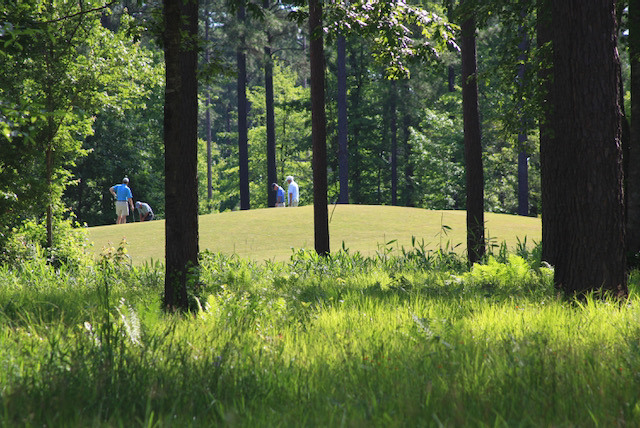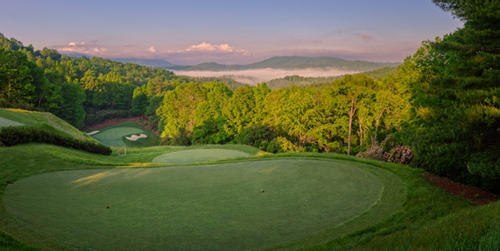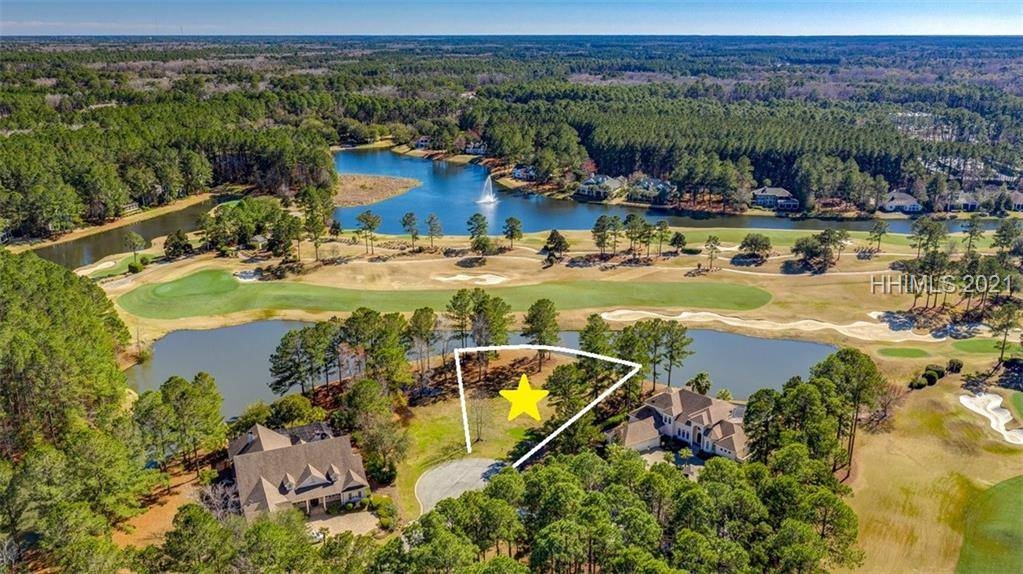At first blush, August real estate sales in the Wilmington, NC, area, seem like an anomaly, but the numbers imply this may be a good time to buy a home inside or outside a golf community in the area.
Year over year sales for the month of August leaped by 30% in New Hanover, Pender and northern Brunswick Counties, which surround Wilmington. But –- and it is a big but -– median prices decreased more than 5% according to the area’s MLS (multiple listing service). Average sales price of a home in the region reached $260,000 in August, although the median price dropped to $206,000. The conclusion one can draw from those two numbers is that a disproportionate number of expensive homes sold during the month.
The increase in homes sold, from 683 to 889, implies that inventory could begin to dry up in Wilmington, assuming most of those who purchased homes intend to live in them for at least a few years or use them as vacation homes (as opposed to buying them as investments). Those who planned to sell their homes beginning in 2008 but held off when the recession sent
Down the coast in Myrtle Beach, which holds strong appeal to vacationing families and golfers, single-family homes and prices dropped in the July to August period by 6.5% and 4.5%, respectively. But the prices of condos increased by 1.5% to an average $120,000 and the number of condo units sold increased by 8.35%. In Pawleys Island’s Pawleys Plantation, for example, with a fine Jack Nicklaus golf course at its core and the beach just a five-minute drive away, the lowest priced condos have risen from around $125,000 to $200,000 in just the last year.
Those who have been contemplating a vacation home in the Myrtle Beach area have enough evidence that prices are rising after years of price erosion in the area’s condo market. On the other hand, folks who are interested in a single-family home in the area will find some bargains in advance of the winter, when those who visit the Grand Strand from Canada, New England and other frigid places generally warm to the idea of a retirement home in the coastal South.
Please contact us if you are interested in more information about Southern real estate.




